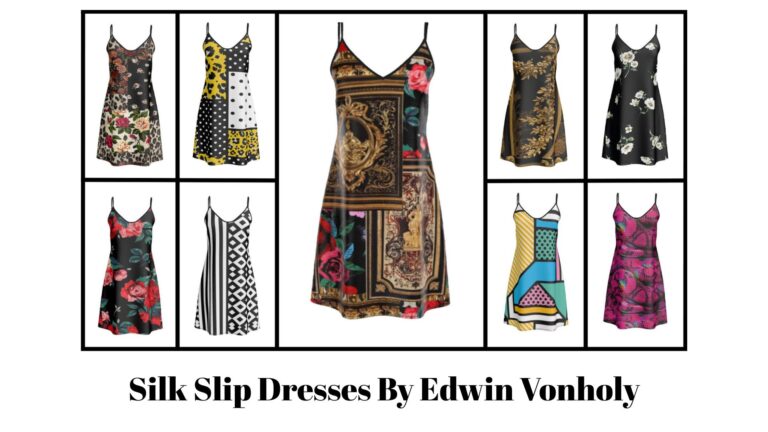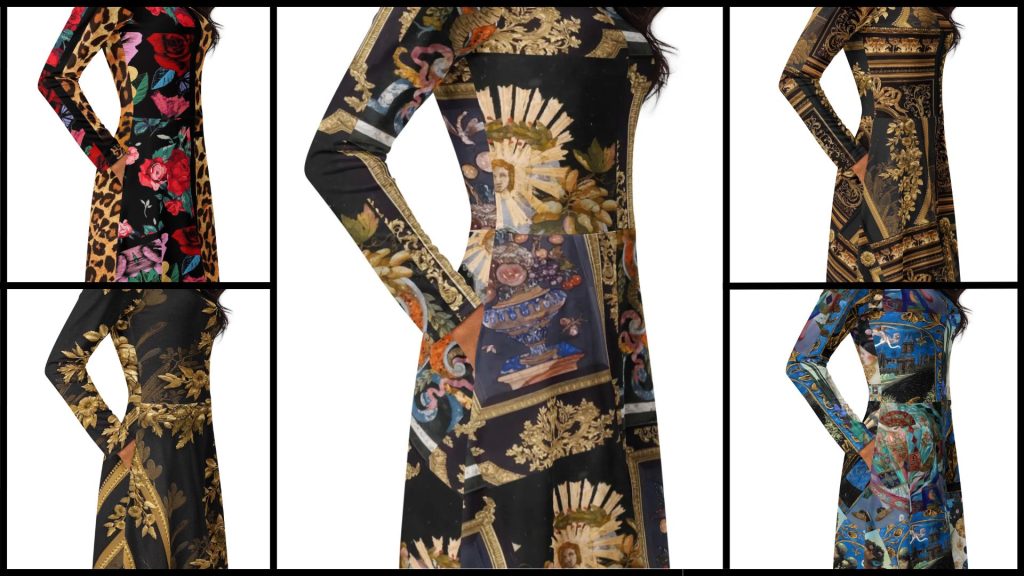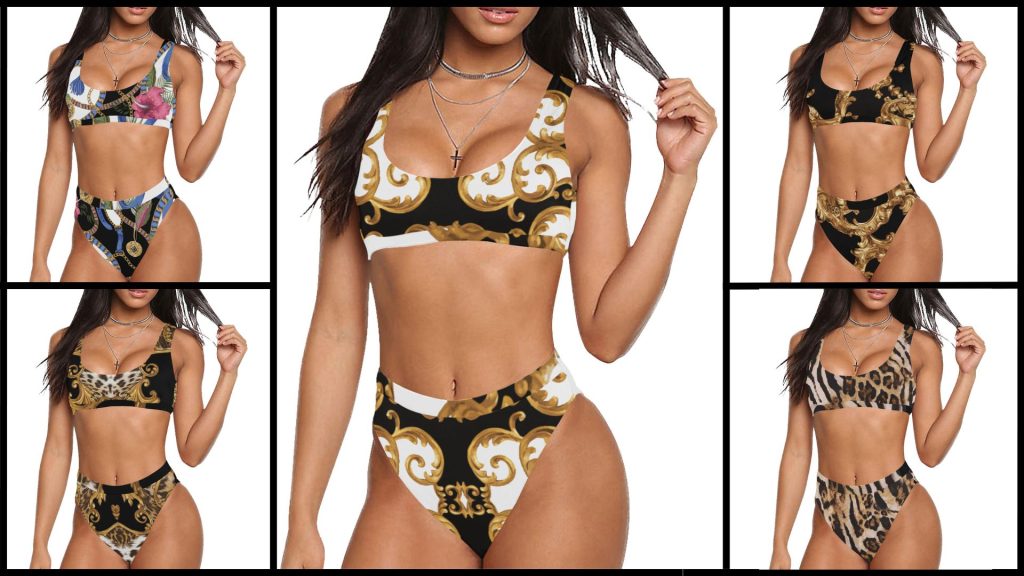Modern Takes on Hanbok: How Designers Are Reimagining the Classic Style
The Hanbok, Korea’s traditional attire, has long been a symbol of elegance and cultural heritage. Known for its graceful silhouette, vibrant colors, and timeless beauty, the Hanbok has been a staple of Korean fashion for centuries. However, in recent years, designers have found ways to breathe new life into this age-old garment, blending traditional elements with contemporary styles. This fusion of old and new has sparked a renewed interest in the Hanbok, leading to innovative designs that appeal to modern sensibilities while preserving its cultural significance. In this article, we’ll explore how modern designers are reimagining the Hanbok and bringing it into the 21st century.
1. The Influence of Global Fashion Trends
One of the most significant ways in which designers are reimagining the Hanbok is by incorporating global fashion trends into their designs. Traditional Hanbok garments, which consist of the jeogori (top), chima (skirt), and baji (trousers), have been adapted to reflect modern aesthetics, resulting in sleek, fashion-forward pieces.
Designers now experiment with minimalist designs, utilizing clean lines, neutral colors, and innovative fabrics to give the Hanbok a modern twist. These contemporary adaptations are more in tune with Western fashion while retaining key elements of the traditional style, such as the flowing silhouette and elegant draping of the fabric. Some designs even incorporate asymmetrical cuts, cropped tops, and tailored pants, making the Hanbok more wearable and practical for daily life.
2. Fusion of Hanbok with Western Styles
Many contemporary designers have embraced the concept of blending the Hanbok with Western clothing styles, creating garments that are both familiar and fresh. This fusion often involves pairing traditional Hanbok elements with items like blazers, dresses, and even streetwear. For example, a modern Hanbok might feature a jeogori made from luxurious fabric but with a fitted, structured silhouette reminiscent of a tailored jacket.
One notable trend is the incorporation of Hanbok-inspired skirts into Western wardrobes, often paired with oversized sweaters or trendy tops. Designers have also combined the Hanbok‘s flowing skirts with more casual elements, such as sneakers or denim jackets, to make the traditional garment more approachable for everyday wear.
3. Incorporating Modern Fabrics and Textures
Another exciting development in modern Hanbok design is the use of innovative fabrics and textures that were not traditionally associated with the garment. Designers are experimenting with materials such as denim, velvet, lace, and mesh, offering a refreshing take on the classic Hanbok. These materials bring a sense of contemporary edge to the otherwise delicate and traditional garment, making it suitable for a variety of occasions.
For instance, the use of silk blends or satin fabrics in modern Hanbok designs maintains the garment’s luxurious and flowing aesthetic while giving it a more polished, modern finish. The introduction of metallic threads or embellishments further elevates the Hanbok‘s design, creating a striking contrast between traditional artistry and modern craftsmanship.
4. Minimalist and Monochromatic Designs
While the traditional Hanbok is often known for its vibrant colors and intricate patterns, modern designers are leaning toward minimalist, monochromatic styles that appeal to today’s fashion-conscious crowd. These streamlined designs focus on the beauty of the garment’s shape and construction rather than elaborate embellishments.
Some contemporary Hanbok designs feature a more neutral color palette, including shades like white, black, beige, and pastel tones, offering a more subtle and versatile take on the traditional look. The minimalist approach allows the wearer to experiment with accessories like bold jewelry or modern shoes, making the Hanbok adaptable to a wider range of occasions.
5. Hanbok for Everyday Wear
Perhaps one of the most exciting shifts in Hanbok design is its move from special occasion wear to everyday fashion. Designers are creating versions of the Hanbok that can be easily incorporated into casual wardrobes, making it a practical and stylish option for daily wear.
For example, some designers have created Hanbok-inspired dresses, tops, and jackets that feature elements like the traditional jeogori but are paired with more modern silhouettes. These designs blend functionality with heritage, allowing people to wear the Hanbok for work, casual outings, or even travel. The goal is to make the Hanbok accessible and stylish without compromising its cultural significance.
6. Celebrity Influence and Hanbok Revival
The influence of celebrities and influencers has played a significant role in the resurgence of the Hanbok in modern fashion. Korean celebrities, such as BTS, Blackpink, and Lee Ji-eun, have been spotted wearing Hanbok-inspired designs, which has helped bring attention to the garment on global platforms.
These celebrity endorsements have introduced the Hanbok to a new generation of fashion enthusiasts, who appreciate its beauty and cultural heritage. As a result, more people are turning to Hanbok-inspired collections for both formal and casual wear, which in turn has driven innovation in how the garment is designed and worn.
7. Hanbok-Inspired Wedding Dresses
One of the most popular modern takes on the Hanbok is its adaptation into wedding gowns. While traditional wedding dresses are often white, modern Korean brides have started embracing the Hanbok‘s regal beauty for their weddings. Designers have reinterpreted the Hanbok for bridal wear, combining traditional elements with contemporary styles for a unique wedding look.
These Hanbok-inspired wedding dresses often feature elegant, flowing skirts paired with delicate tops or long-sleeve blouses. Many modern bridal Hanbok designs incorporate lace, satin, and beading for a more glamorous feel, while still maintaining the garment’s distinctive silhouette and timeless beauty.
8. Sustainability and Cultural Preservation
In addition to being stylish, many modern Hanbok designs are also focused on sustainability. Traditional Hanbok fabrics were made from natural materials such as silk and cotton, and contemporary designers are returning to these roots by using eco-friendly fabrics. This commitment to sustainability not only helps preserve the environment but also ensures that traditional Korean craftsmanship continues to thrive in the modern world.
By incorporating sustainable practices into the production of Hanbok, designers are helping to preserve the garment’s cultural legacy while also adapting it for a future that values both fashion and sustainability.
9. Conclusion: The Future of Hanbok
The modern Hanbok is a dynamic and evolving garment that blends Korea’s rich cultural heritage with contemporary style. From minimalist designs and the fusion of Western styles to the use of innovative fabrics and sustainable practices, the Hanbok continues to evolve in exciting ways. As designers continue to experiment and push boundaries, the Hanbok is likely to remain a beloved symbol of Korean culture, adapting to the tastes and preferences of modern fashionistas while honoring its traditional roots. Whether worn for a special occasion or as everyday wear, the Hanbok will continue to be a timeless expression of beauty and identity.






